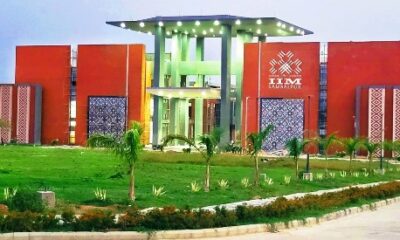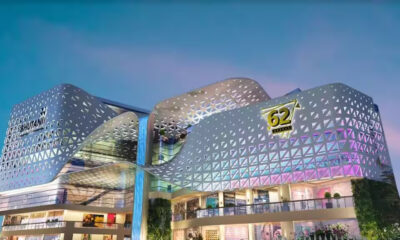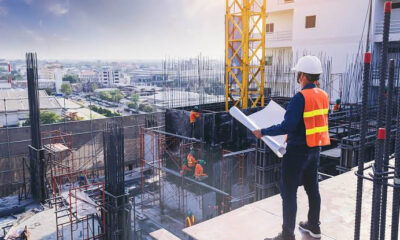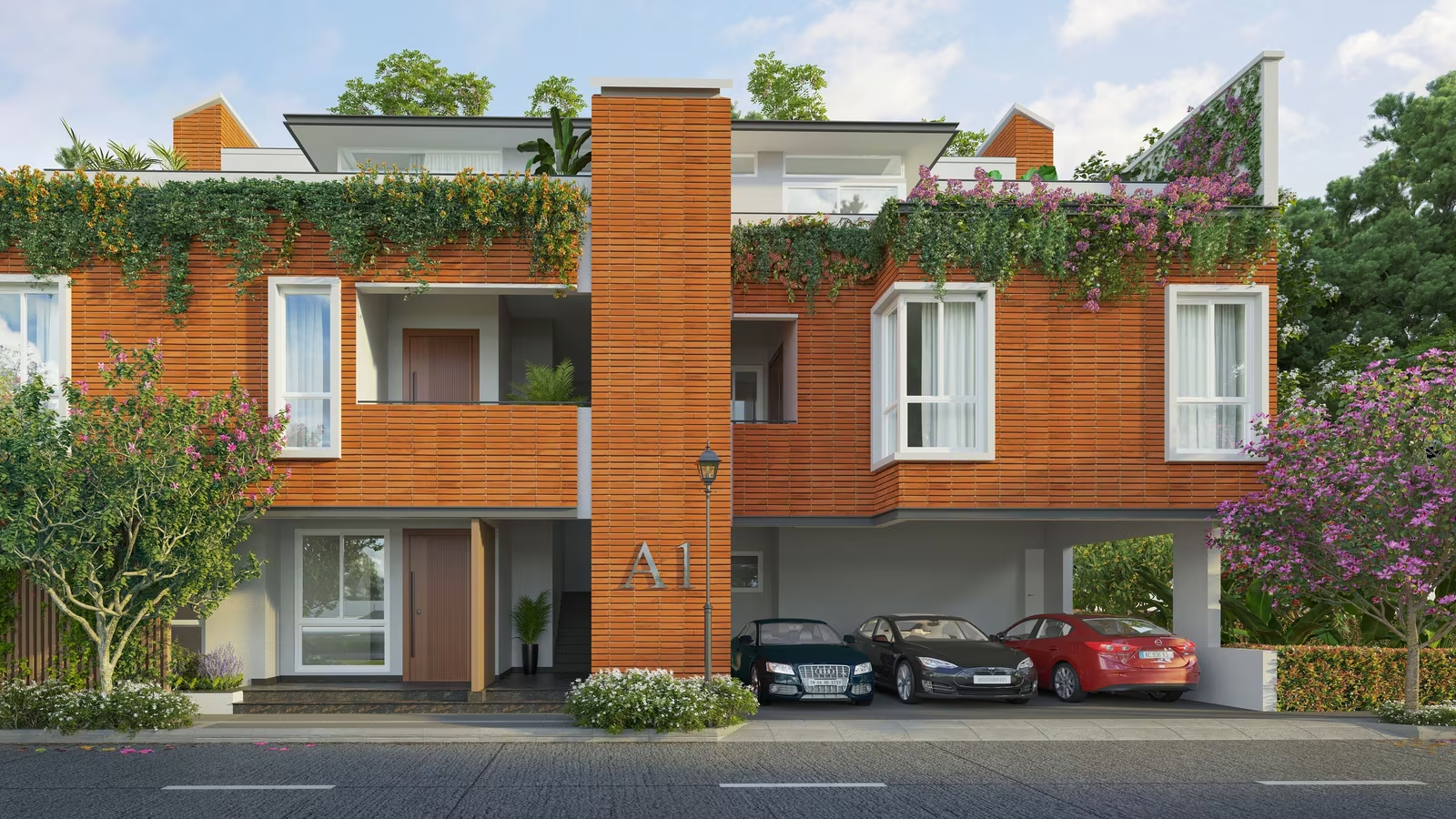Report
India’s real estate sector on a growth trajectory: FICCI – JLL Report
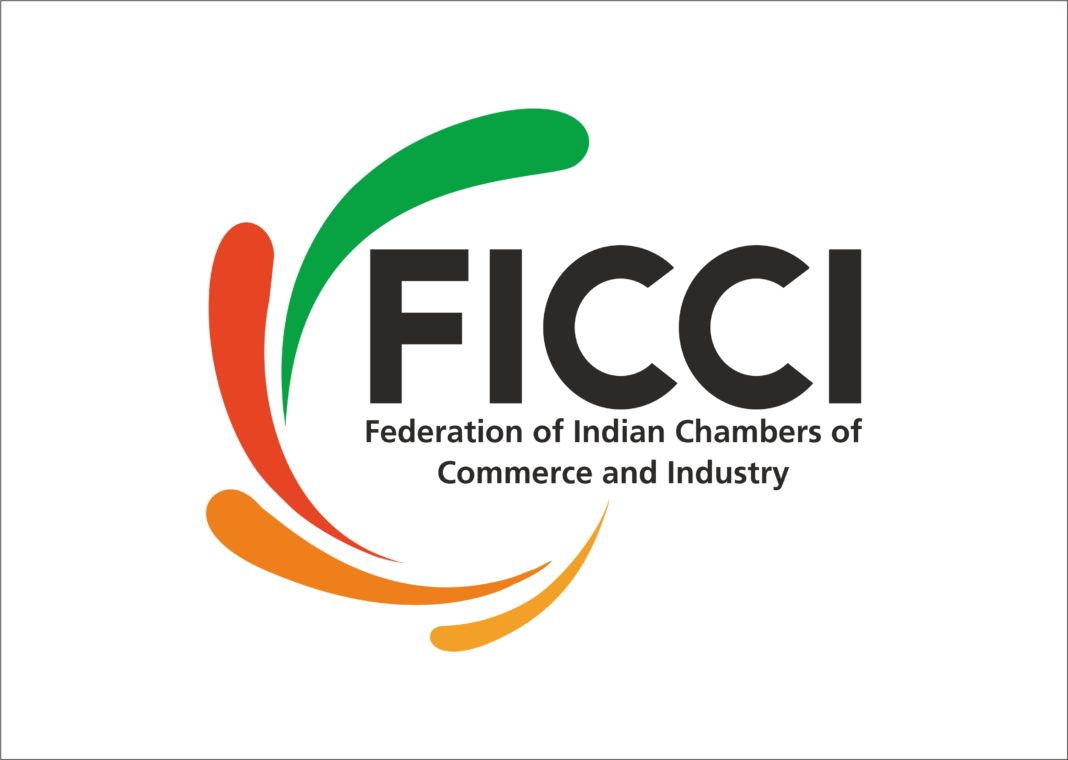

FICCI and JLL today released a report titled ‘Future of India Real Estate: Deciphering the Mid-term Perspective’ at the 12th edition of FICCI Real Estate Summit. The report analyses the drivers and challenges facing the sector in the next 2 to 3 years.
The rapid urbanisation is expected to offer significant opportunities for real estate and infrastructure development in Indian cities. This sector has witnessed high growth in recent times with the rise in demand for office as well as residential spaces. It is also important to note that the real estate developers have been instrumental in changing the face of India through building state-of-the-art infrastructure, buildings, townships, shopping malls spread all over the country.
India’s recovery from the effects of demonetization and GST is reflected in 2018 Q1 GDP clocking an impressive 8.2% growth. CPI inflation, which has been a concern in the recent past, is expected to remain at 4.7% in the annual forecast for median inflation (2018-19 and 2019-20). Apart from the macro-economic indicators, inflection points observed within each category of real estate markets indicate an overall stable growth in the medium term.
|
Promising market outlook |
||
|
Sectors |
Current status |
Future outlook |
|
Office (Grade A) |
530 mn sq ft |
To surpass 700 mn sq ft by 2022 |
|
Retail (Grade A) |
77 mn sq ft |
To surpass 100 mn sq ft by 2022 |
|
Residential (Sales) |
96,000 units in 2017 |
1,30,000 units in 2018 E |
|
Logistics & Warehousing* |
138.5 mn sq ft (2015-2017) |
252.7 mn sq ft (2018-2020 E) |
|
Student Housing* |
INR 1,267 cr |
INR 2,400 cr by (2020 E) |
Calculations based on No. of Beds at an average annual fees of INR 1,50,000.
Source: JLL Research
Mr. Sanjay Dutt, Chairman FICCI Real Estate Committee said, “The sector has been through a bumpy ride in the last couple of years, but the environment is changing and the sector is back in the spotlight with key indicators pointing at the revival of Indian real estate. Key regulatory reforms such as RERA and REITs have given a new lease to the sector, and investors and end users are regaining confidence towards the recovery trends in the industry. Logistics & warehousing, commercial & retail are witnessing surge in demand and absorption. Overall trends are moving in the right direction for the Indian real estate sector.”
Mr. Ramesh Nair, CEO & Country Head, JLL India said, “India’s real estate sector is at an inflection point and the evolutionary trends in the sector are paving the way towards sustainable growth of the industry. H1 2018 has seen phenomenal growth in Grade A office space from both, the demand & supply side. Private Equity interest in Indian retail realty is at an all-time high with the sector witnessing an investment of INR 950 cr in 2018. With regulatory reforms such as RERA and GST showing results, the sector is poised to grow exponentially. Student Housing, a new emerging sector presents a tremendous opportunity for the market.”
Office Market: Steady Growth and Stable Vacancy Rate
· Suburban sub-markets playing a bigger role; contributing more to office activity
· Co-working has almost doubled to 9% in H1 2018 over CY 2017
· Bengaluru is likely to see the highest absorption during 2018-2020; absorption rate in Mumbai to surpass supply during the same period
· NCR, Bengaluru and Hyderabad will contribute more than 60% to total supply in 2018-2022
Retail: Predictive analytics to aid future growth
· As of 1H18, India’s Grade A completed stock in the retail segment stood at 77 million sq ft, and is expected to reach nearly 103 million sq ft by 2022
· Delhi-NCR likely to witness highest absorption during 2018-2020; closely followed by Hyderabad
· Absorption levels in Mumbai and Kolkata to surpass the supply during 2018-2020
· Mumbai to lead rental growth trends; with other markets witnessing marginal rise
Residential: Affordable Housing Holds the Key
· The number of new launches crossed the 40,000-unit mark for the 1s time after eight quarters in Q2 2018
· Bengaluru & Mumbai remain the major contributors to new residential launches
· Launches within the INR 40 lacs pricing bracket were the highest during 2017 and H1 2018
· Affordable housing finance is estimated to burgeon into an INR 6 lac cr. business opportunity by 2022
Logistics & Warehousing: The Evolutionary Leap Forward
· India is set to witness investments of close to INR 50,000 cr. for the creation of warehousing facilities across the country between 2018 and 2020
· The sector is expected to grow at a CAGR of 22.2% in the period 2018 to 2020
· Large infrastructure projects like DFC, DMIC, Sagarmala and Bharatmala to drive growth of the sector
· Total cumulative stock of 138.5 mn sq ft was recorded in 2017 for Grade A and Grade B across eight primary locations
Student Housing: An Emerging Sector
· Student Housing, has the potential to yield more than 12% returns vis-a-vis the core commercial sector in which returns remain range bound between 7% & 10%
· This sector is expected to grow at a 38% CAGR until 2020, to INR 2,400 cr.
· The sector is still at a nascent stage with the top 15 players dominating the organized space; cumulatively operating around 84,500 beds and plan to grow to 1,60,000 beds by 2020
The extent to which the real estate sector has grown can be gauged from investments in ‘under construction’ projects within investment grade real estate. This number which was about USD 173.9 billion in Q4 2012, has touched USD 242.6 billion in Q2 2018. India has moved up 30 ranks to the 100th position on the World Bank’s scale of countries in Ease of Doing Business for 2018.
Overall, strong economic fundamentals, proactive reforms and the use of technology will continue to boost the sector. Apart from the conventional sectors, the emergence of alternative segmet (student housing and senior living) and greater demand from sophisticated logistics in the warehousing space are expected to be the drivers for robust growth and a promising future for the sector.
-



 News4 weeks ago
News4 weeks agoKW Delhi 6 Mall Onboards New Brands
-



 News4 weeks ago
News4 weeks agoManasum Senior Living Launches IKIGAI GOA, A Senior Living Community in North Goa, in collaboration with Prescon Homes
-



 News4 weeks ago
News4 weeks agoBridging India Divide: Top 5 Tier- 2 Cities to Focus On
-



 News4 weeks ago
News4 weeks agoCommercial Realty Gets Tech Savvy: Fast Construction, Enhanced Convenience
-



 News3 weeks ago
News3 weeks agoGodrej Properties Sells Rs 3k cr+ Homes of Godrej Zenith, Gurugram, within 3 days
-



 News4 weeks ago
News4 weeks agoMultipoint Connection – A Definite Boon
-



 News3 weeks ago
News3 weeks agoRBI’s Status Quo on Key Policy Rates to Help Maintain the Real Estate Growth Momentum, Say Industry Stalwarts
-



 News2 weeks ago
News2 weeks agoOlive Announces Dhruv Kalro as Co-Founder







